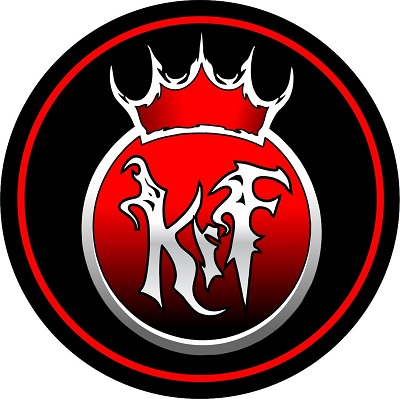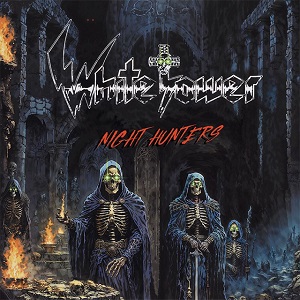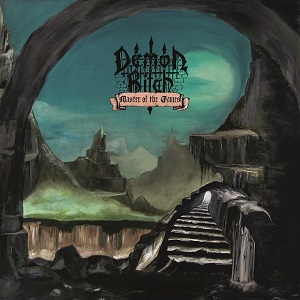What Is Eustress? Good vs. Bad Stress
November 29, 2021, 3 years ago

H1: The Good Stress: What is Eustress?
Americans have never been so stressed out. According to statistics, 48% of millennials and 37% of Gen Z adults report struggling with daily decisions because of stress. 79% of Gen Z adults and 74% of millennials note that stress impacts their behavior and influences their choices.
Most people are perfectly familiar with the problem of chronic stress and its negative effects on the body. Chronic stress can negatively affect different systems in your body and also contribute to the development of various mental health issues, including anxiety and depression.
In other words, stress is bad for you… right? Well, the truth is that there are different types of stress, and not all of them affect us negatively. Positive stress, also known as eustress, can actually be beneficial. This is the type of stress that you may experience when watching action movies, playing sports, or working on a great project you feel excited about.
Eustress is an integral part of any growth process. Whenever you train new skills or try something you’ve never done before, you may get stressed out, but in a good way. Eustress encourages you to take on ambitious projects and explore your capabilities.
Let’s consider eustress in more detail and think of the difference between the good and bad types of stress.
H2: What Is Eustress?
First, let’s think of what stress is, in general. Stress is a natural response to challenging circumstances, danger, or emotional pressure. When we experience stress, it triggers multiple rapid changes in our bodies. For instance, stress boosts the production of adrenaline and cortisol. Stress symptoms may include racing heartbeat, muscle tension, increased blood pressure, and changes in mood.
Chronic stress can lead to many health problems, from chest pains and dizziness to insomnia, depression, and eating disorders. At the same time, stress has become an integral part of modern people’s lives. We teach children that adult life is stressful, and we expect stress whenever we challenge ourselves.
Although stress is unavoidable, most people don’t think of stress as a healthy mechanism. If you experience stress too frequently, you may need therapy to cope with its consequences, so there’s no surprise that stress is generally perceived as something bad. However, stress is also an effective survival mechanism. It can make our senses sharper and boost our performance.
The term “eustress” was coined by Hans Selye back in 1974, and his revision of the terminology helped make a clear distinction between good (eustress) and bad stress (distress). Later, researchers defined typical characteristics of eustress. Eustress increases focus and performance and feels exciting.
Besides, we perceive eustress as something we can cope with. Perhaps, the main difference between eustress and distress is that eustress only lasts in the short term, so it doesn’t become chronic.
H3: Eustress vs. Distress
Eustress is the positive stress that one may experience when dealing with challenges or doing exciting and fun activities. Eustress can give you motivation and help you withstand difficulties that you face when pursuing your goals. Unlike distress, eustress doesn’t have negative consequences for your physical or mental health. Quite the opposite, eustress is beneficial for your well-being.
Some of the common examples of eustress-related activities include working out, traveling, trying something new, starting new relationships, watching horror movies, etc. Even though eustress isn’t necessarily enjoyable, it improves your performance and gives you more energy.
Distress is the exact opposite of eustress, and this is what most people think of when they mention stress. Stress is usually associated with negative emotions, and its impact on one’s productivity is opposite to that of eustress. Distress can prevent you from accomplishing your goals, drain your energy, and make you feel exhausted.
H2: Understanding the Difference Between Eustress and Distress
Understanding the difference between eustress and distress can help you identify the type of stress that you experience in a particular situation and therefore manage stress more effectively. The most interesting thing about stress is that it largely depends on your perception of the situation.
If you see a certain activity as an exciting challenge, you might experience eustress, but if you perceive it as a threat, you will most likely experience distress. Distress may also feel much more intense, especially if a person has anxiety or is afraid of the situation that caused stress.
Eustress doesn’t necessarily evoke good emotions or feel good. When experiencing eustress, your levels of adrenaline and cortisol are high, and your heart beats quickly. However, you cannot get stuck in eustress, and it allows you to become more resilient, which is great for your mental health.
H2: Control Might Be the Key
Listen to your body. If you experience stress but feel great, this definitely isn’t distress but rather eustress. Quite often, things that feel good are actually good for you, so if you realize that your well-being improves despite being exposed to a certain stressor, this means that you’re experiencing good stress.
Researchers agree that eustress is beneficial for both one’s physical and emotional well-being, but there’s no clear explanation of how it works. A good attempt to explain how eustress works is the control theory. According to this theory, the way stress impacts us depends on our ability to control the stressor.
When we are capable of making choices and can actively impact the environment that contains the stressor, we feel that we are in control of the situation, so our response to the stressor is likely to be positive. The role of control in the way we respond to stressors becomes obvious in the workplace, which also happens to be the main source of stress for Americans.
Research data indicates that when employees have decision-making opportunities, they are more committed and more satisfied with their job. As a result, when they experience work-related stress, this is more likely to be eustress than distress. The reason is that decision-making gives employees more control over the work process, so their perception of stress is more likely to be positive.
The subjective perception of stressors and the emotions that we feel when facing a certain stressor can determine whether we will experience eustress or distress. Unfortunately, sometimes, we may not be able to control the situation.
The good news is that you can always control your thoughts and your attitude toward various stressors. You can turn distress into positive stress by maintaining a positive attitude and recognizing your own achievements, even the smallest ones. This way, you’ll build positive associations with the stressors and improve your motivation.
H2: Changing Your Perspective
The key to avoiding distress is shifting your focus and approaching stressful situations as challenges. This way, you will manage these challenges easier because you will avoid the negative consequences of distress. Besides, eustress will boost your performance and give you more energy to deal with any difficulties.
However, you should also keep in mind that too much stress is bad for you, no matter what kind of stress it is. While eustress doesn’t impact your emotional health the way distress does, it is still based on the same physiological processes, including an increase in the levels of cortisol and adrenaline.
As a result, too much eustress may negatively affect your body. Even when you’re doing fun and enjoyable activities, too much eustress can make it difficult for you to relax and restore your energy. Therefore, it’s important to maintain a balance of eustress and leisure so that the good stress won’t impact you in a bad way.
H2: Mind Your Limitations
Shifting your perspective will help you manage stress, but you should also be realistic about your capabilities and limitations so that the challenges that you choose to tackle won’t turn into sources of distress.
If the main source of stress in your life is work, make sure to maintain a healthy work-life balance. Quite often, people take on obligations that they don’t actually enjoy or decide to take on projects they know they might not handle. Don’t be afraid to say no if you’re not sure that you’ll be able to accomplish something.
H2: Final Thoughts
Stress can negatively affect your physical and emotional well-being but it can also make you more resilient and productive. Therefore, it’s important to recognize the difference between distress and eustress so that you can manage stress and use its benefits while avoiding its negative effects.
The type of stress that you experience largely depends on the way you perceive stressors so the main secret of turning distress into eustress is changing your perspective. This might be a very difficult thing to do. So, if you want to minimize distress and bring more eustress to your life, a great solution is therapy.
While traditional in-person therapy may not be a convenient option for people with tight work schedules, online therapy platforms like Calmerry allow you to talk to a licensed therapist remotely, from virtually anywhere. Learn more about talk therapy so that you will know what to expect from your first session, and don’t hesitate to ask for help.











